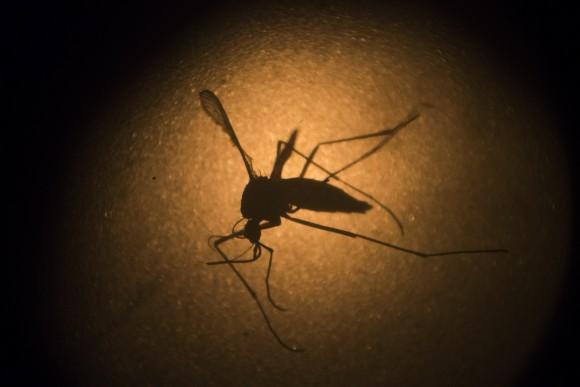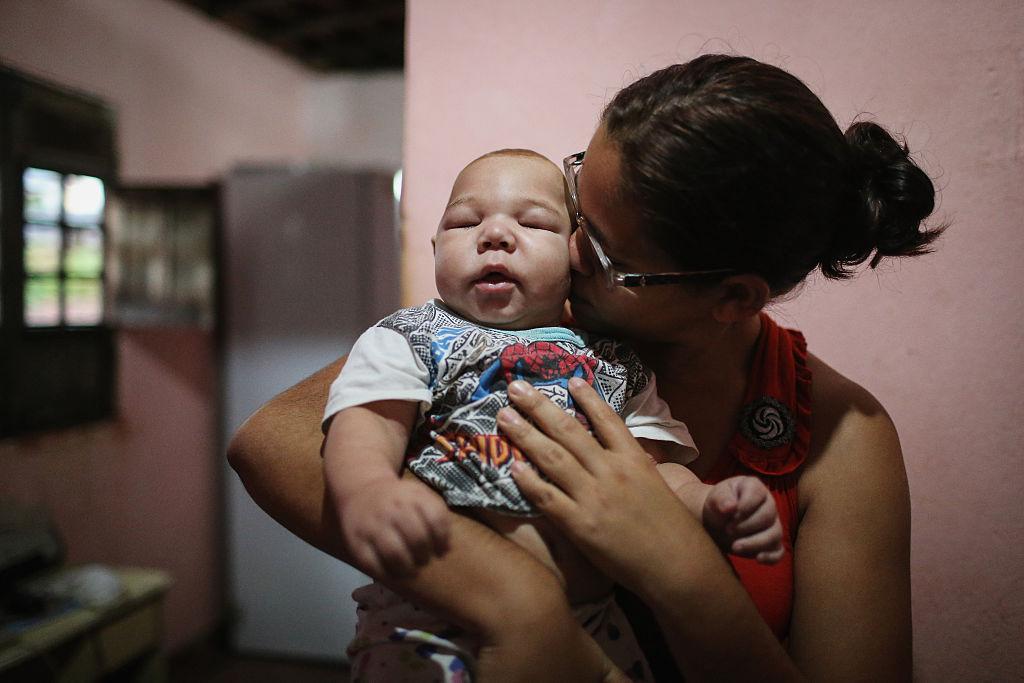The number of pregnant women affected by the Zika virus in the United States and its territories is a total of 279, said the Centers for Disease Control and Prevention (CDC) on May 20.
The CDC said it is changing the way it reports the number of pregnant women with Zika by using two new surveillance systems: the U.S. Zika Pregnancy Registry and the Puerto Rico Zika Active Pregnancy Surveillance System.
Since May 12, the two programs have been monitoring 157 pregnant women in the United States with lab evidence of possible infection of the Zika virus. As for U.S. territories, the surveillance system is watching 122 pregnant women.
“These new numbers reflect a broader group of pregnant women—pregnant women who have any laboratory evidence of possible Zika virus infection, and whether or not they recalled symptoms —compared with numbers previously reported,” said the CDC in a statement.






